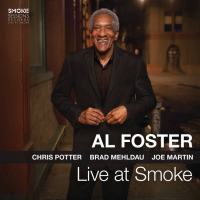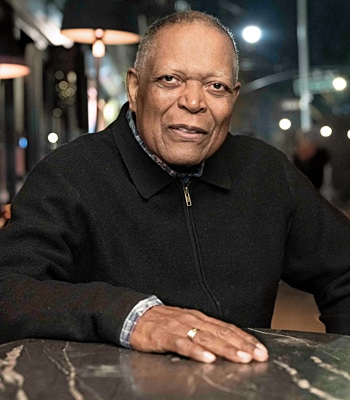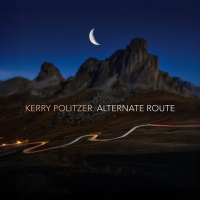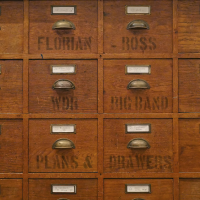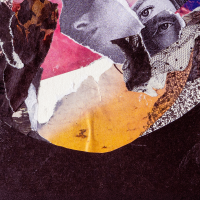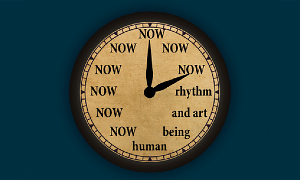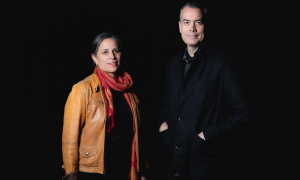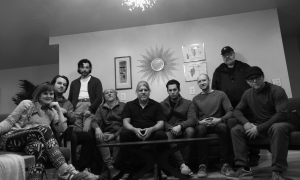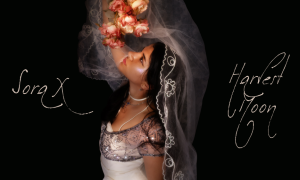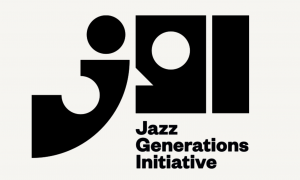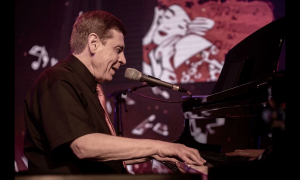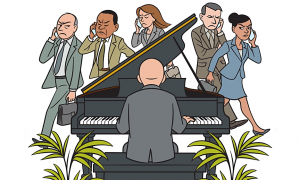For him, jazz was not a finger-popping, torso-twisting genre of self-involvement but a tool to explore character.
Don McDonagh --Dance magazine (1997)
Mr. Nagrins choreography and performing were craggily innovative, drawing on jazz movement and music as well as traditional modern dance and classical music in pieces that incorporated words and images well before mixed media became popular in American dance. Early in his career, which ranged from the mid-1940s into the 1980s, Mr. Nagrin became fascinated with video and sound design, dragging cumbersome, primitive Nagra recorders along on tour.
His style, which combined a fierce lifelong humanism with dance rooted in gesture, was unmistakably his own.
The gesture is the movement, and gesture, as acting, is never imposed upon the movement, Anna Kisselgoff wrote in a 1994 review in The New York Times. And when Mr. Nagrin put together those gestures and steps, Ms. Kisselgoff wrote in a 1982 review, no specific technique springs to mind, no school or tradition provides a ready context.
Called the great loner of American dance by Dance magazine, Mr. Nagrin choreographed pieces that were to some extent the creatures of a stage presence and a way of moving that were also entirely his own, searing even at their coolest and as unpretty as his hard-chiseled face and glinting eyes and a sternly vertical torso that looked unbending even in alert recline. But he was able to transmit his style in coaching that helped create dramatic performers of young dancers raised on coolly distanced formalism.
His own best-known solos, which include Strange Hero and Spanish Dance, both created in 1948, gained new life when performed by other dancers, among them the solo performer Shane OHara and members of the Jos Limn Dance Company.
Spanish Dance, a distillation of flamenco, has been performed by both men and women. Strange Hero was a portrait of a gangster, performed in the unpreening, corrosive jazz-dance idiom for which Mr. Nagrin was known.



